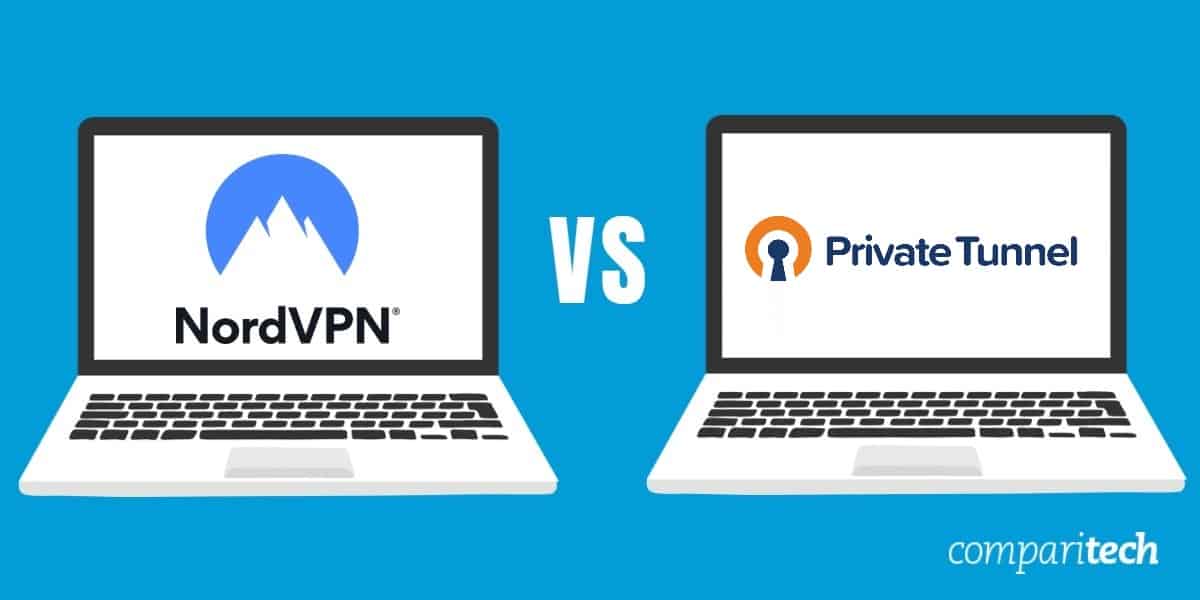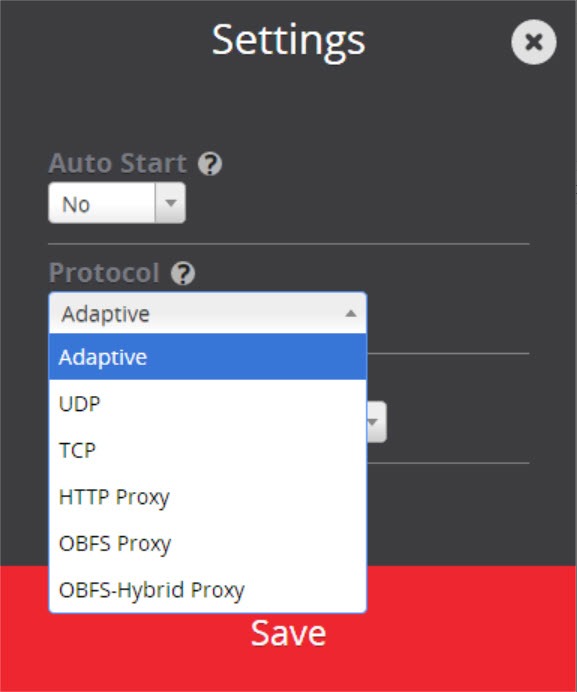
- PRIVATE TUNNEL WINDOWS 10 HOW TO
- PRIVATE TUNNEL WINDOWS 10 UPDATE
- PRIVATE TUNNEL WINDOWS 10 WINDOWS 10
$ProfileNameEscaped = $ProfileName -replace ' ', '%20'


You can use the following Windows PowerShell script to assist in creating your own script for profile creation. The output displays a list of the device-wide VPN profiles that are deployed on the device. Run the following Windows PowerShell command to verify that you have successfully deployed a device profile: Get-VpnConnection -AllUserConnection a per user (.\User) profile, see Using PowerShell scripting with the WMI Bridge Provider.
PRIVATE TUNNEL WINDOWS 10 HOW TO
To accomplish this, it will be necessary to use PsExec, one of the PsTools included in the Sysinternals suite of utilities.įor guidelines on how to deploy a per device (.\Device) vs. The Always On VPN device tunnel must be configured in the context of the LOCAL SYSTEM account. You can configure device tunnels by using a Windows PowerShell script and using the Windows Management Instrumentation (WMI) bridge. Sample VPN profileXMLĭepending on the needs of each particular deployment scenario, another VPN feature that can be configured with the device tunnel is Trusted Network Detection. This limitation is going to be removed in future releases. If in the device tunnel profile you turn on traffic filters, then the Device Tunnel denies inbound traffic.
PRIVATE TUNNEL WINDOWS 10 UPDATE
This configuration works well for Windows Update, typical Group Policy (GP) and Microsoft Endpoint Configuration Manager update scenarios, as well as VPN connectivity for first logon without cached credentials, or password reset scenarios.įor server-initiated push cases, like Windows Remote Management (WinRM), Remote GPUpdate, and remote Configuration Manager update scenarios – you must allow inbound traffic on the device tunnel, so traffic filters cannot be used. Traffic filters are leveraged to restrict the device tunnel to management traffic only. The sample profile XML below provides good guidance for scenarios where only client initiated pulls are required over the device tunnel. Set-VpnAuthProtocol -UserAuthProtocolAccepted Certificate, EAP -RootCertificateNameToAccept $RootCACert -PassThru $RootCACert = (Get-ChildItem -Path cert:LocalMachine\root | Where-Object ) $VPNRootCertAuthority = "Common Name of trusted root certification authority"

You must enable machine certificate authentication for VPN connections and define a root certification authority for authenticating incoming VPN connections. Device tunnel does not support Force tunnel. Device tunnel does not support using the Name Resolution Policy table (NRPT). There is no support for third-party control of the device tunnel.
PRIVATE TUNNEL WINDOWS 10 WINDOWS 10
It is available in all Windows editions, and the platform features are available to third parties by way of UWP VPN plug-in support.ĭevice tunnel can only be configured on domain-joined devices running Windows 10 Enterprise or Education version 1709 or later. User tunnel is supported on domain-joined, nondomain-joined (workgroup), or Azure AD–joined devices to allow for both enterprise and BYOD scenarios. User tunnel supports SSTP and IKEv2, and device tunnel supports IKEv2 only with no support for SSTP fallback.

Both device tunnel and user tunnel operate independently with their VPN profiles, can be connected at the same time, and can use different authentication methods and other VPN configuration settings as appropriate. Unlike user tunnel, which only connects after a user logs on to the device or machine, device tunnel allows the VPN to establish connectivity before the user logs on. User tunnel allows users to access organization resources through VPN servers. User tunnel connects only after a user logs on to the device. Pre-login connectivity scenarios and device management purposes use device tunnel. Always On VPN connections include two types of tunnels:ĭevice tunnel connects to specified VPN servers before users log on to the device. Applies to: Windows Server 2022, Windows Server 2019, Windows 10 version 1709Īlways On VPN gives you the ability to create a dedicated VPN profile for device or machine.


 0 kommentar(er)
0 kommentar(er)
